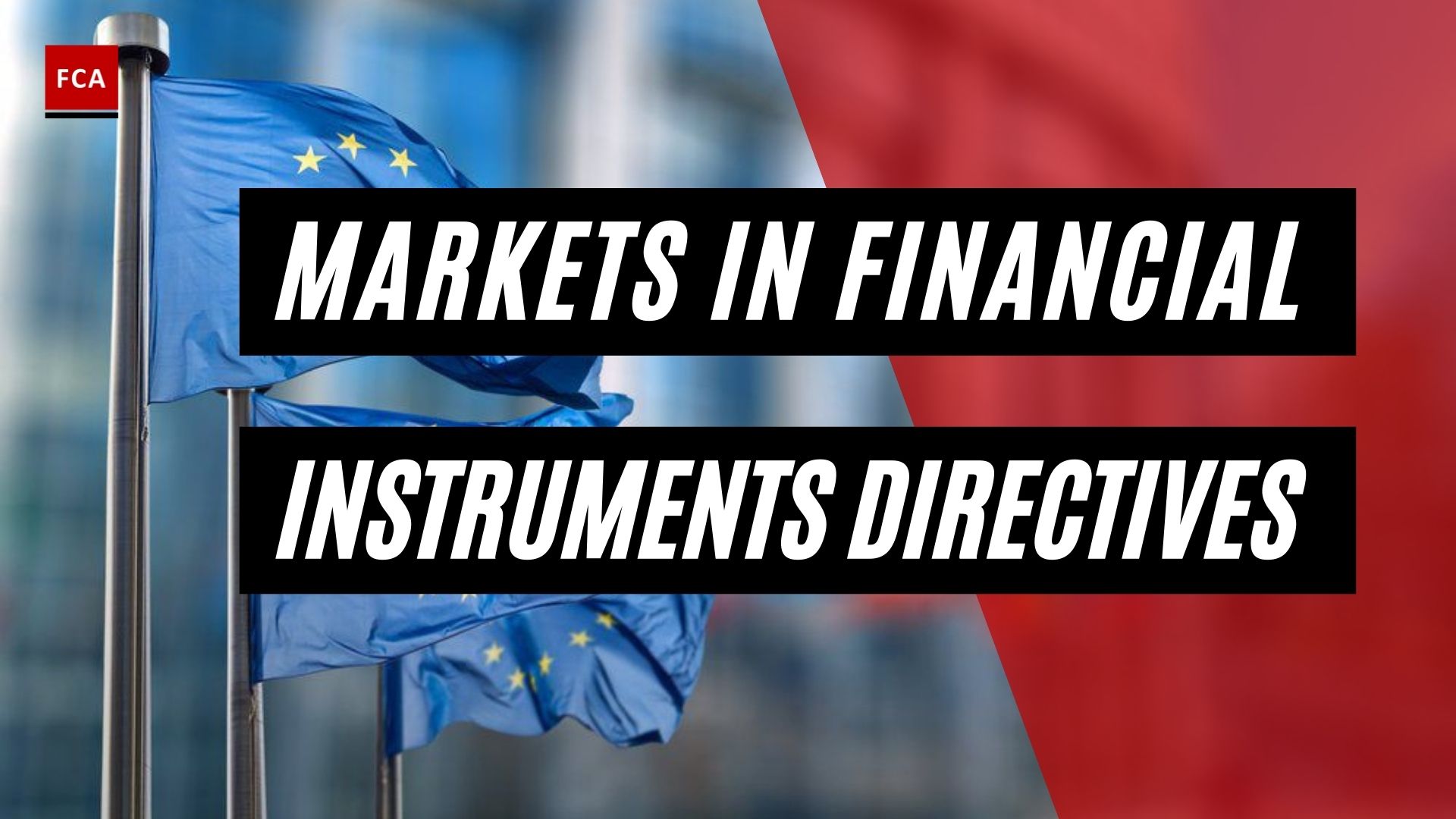The Dodd-Frank Wall Street Reform and Consumer Protection Act was signed on July 21, 2010, by President Barack Obama. The legislation reshaped the U.S. regulatory system in several different areas including but not limited to the protection of consumers, restrictions on trading, credit ratings, financial products regulations, corporate governance, disclosure, and transparency.

Dodd-Frank Wall Street Reform And Consumer Protection Act Of 2010
The Act promotes financial stability by improving the accountability, and transparency of the financial system, protecting the American taxpayer by ending bailouts, and protecting the consumers from abusive market practices.
Dodd-Frank reorganized the financial regulatory system, assigning new responsibilities to exist agencies, eliminating the Office of Thrift Supervision, and creating new agencies like the Consumer Financial Protection Bureau (CFPB). The CFPB was charged with protecting the consumers against abusive financial practices, such as those related to credit cards, mortgages, and other financial services/ products.
The Act created the Financial Stability Oversight Council, and the Office of Financial Research to identify the potential threats to financial stability, and gave the Federal Reserve new powers to regulate systemically important institutions.
The Act restricted the lending of the Federal Reserve by prohibiting lending to an individual company and prohibiting lending to insolvent companies. Approval of lending is to be taken by the Secretary of the Treasury. The act repealed the exemption for swaps based on security, requiring transactions to be cleared through exchanges. Other provisions affect issues such as corporate governance, and credit rating agencies.
Independent Watchdog
The purpose is to create a new independent watchdog, housed at the Federal Reserve, with the authority to ensure American consumers get the clear, accurate information they need to shop for mortgages, credit cards, and other financial products, and protect them from hidden fees, abusive terms, and deceptive practices. The focus is on the elimination of loopholes that allow abusive practices to go on unnoticed, and unregulated including loopholes for over-the-counter derivatives, asset-backed securities, hedge funds, and mortgage brokers.
It strengthens the oversight and empowers regulators to identify financial fraud, conflicts of interest, and the manipulation of the financial system at the expense of American families and businesses. The Act provides new and tough rules to ensure that the transparency and accountability for credit rating agencies prevail and the interests of the investors, and businesses are protected.
The Consumer Protection Act requires the authority to examine, and enforce the requirements on banks, and credit unions with assets of over $10 billion, and all mortgage businesses, payday lenders, student lenders, and other non-bank financial institutions. Banks and Credit Unions with assets of $10 billion or less will be examined for consumer complaints by the relevant regulator.
Understanding Dodd-Frank Wall Street Reform And Consumer Protection Act
The Dodd-Frank Wall Street Reform and Consumer Protection Act was enacted in 2010, during the Obama administration, and is a massive piece of financial reform legislation. The Dodd-Frank Wall Street Reform and Consumer Protection Act, commonly abbreviated as the Dodd-Frank Act, created a slew of new government agencies tasked with monitoring the law’s various components and, by extension, various aspects of the financial system.
The Dodd-Frank Wall Street Reform and Consumer Protection Act targeted the financial system sectors thought to be responsible for the 2007–2008 financial crisis, such as banks, mortgage lenders, and credit rating agencies. Critics of the law argue that the regulatory burdens it imposes may make US firms less competitive than foreign competitors. In 2018, Congress passed legislation repealing some of Dodd Frank’s restrictions.
Final Thoughts
The Dodd-Frank Wall Street Reform and Consumer Protection Act was enacted in response to the 2007–2008 financial crisis. The act, named after sponsors Sen. Christopher J. Dodd (D-Conn.) and Rep. Barney Frank (D-Mass. ), contains numerous provisions spread across 848 pages that were to be implemented over a number of years.








